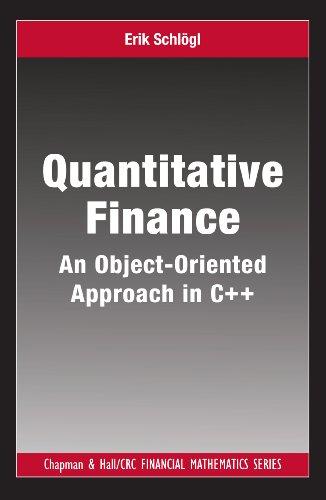9. According to the capital asset pricing model (CAPM), fairly priced securities should have A. Increasing the number of stocks in a portfolio from 10 to 50 would most likely be Decrease insustematic rigt A. Increase the variability of returns of the portfolio B. Increase the unsystematic risk of the portfolio C. Decrease the systematic risk of the portfolio D. Decrease the variability of returns on the portfolio A) A beta of 1. B. A non-tero alpha C. A fair return based on the level of unsystemati D. A fair return based on the level of systematic Table 1 Standard Deviation Stock Beta ABC XYZ 30% 4095 1.2 1.6 Use the information in Table 1 to answer the next question 10. Which one of the following stocks is relatively riskier when held as a single-stock portfolio? A XYZ because its beta is higher XYZ because its standard deviation is higher. C. ABC because its beta is lower. D. ABC because its standard deviation is lower O Excess Returns Stock B Dress Returns Back ANDR unsustafa risk The figures above show plots of monthly excess returns for two stocks plotted against excess returns for a market index Use the figures to answer the next question. 11. Which stock is riskier for an investor currently holding his portfolio in a well-diversified portfolio of common stoc 3tock A is riskier. C. Both stocks are equally risky. B. Stock B is riskier. D. Cannot be determined from the information given. 12. Which one of the following portfolios probably has the most systematic risk? A. A well-diversified portfolio consisting of high-tech stock A portfolio constructed to duplicate the overall market. C. A well-diversified portfolio of utility stocks. D. An income portfolio with a portfolio beta of 0.7. 14. Which of the following is FALSE about an inve yield curve? A. An inverted yield curve reflects a relatively high demand for long-term bonds relative to short-te bonds. B. An inverted yield curve implies that the prices of bonds will fall in the future. C. An inverted yield curve implies that the market expects yields to fall in the future. D. An inverted yield curve has preceded all US recessions. 13. According to the CAPM, which of the following risks is irrelevant? A. Unsystematic risk B. Market risk C. Systematic risk D. All risks are always relevant







